Here’s a joke I heard from an East Malaysian friend who was taking a cab in KL.
The cabbie asked where he was from, and he answered Sabah, to which the cabbie replied “Oh, bila datang Malaysia?” (When did you come to Malaysia?)
I can understand where Mr Cabbie was coming from. Partly due to ignorance and the ‘I don’t care what happens beyond my little bubble of a place’ attitude, many of us West Malaysians tend to forget that the other half of our country lies just across the ocean.
While I wouldn’t call myself an adventurer, I’ve been to a couple of places overseas, and it’s ironic that I haven’t fully explored my own backyard. Since I visited Sabah in 2016, it was time to tick Sarawak off the list too.
I recently joined a media fam trip by Volvo Malaysia, to see the work they have done in Bario, a small settlement up in the highlands bordering the Indonesian state of Kalimantan.
I had never heard of the place and didn’t know what to expect – only that it was hard to reach and would take 11 hours by 4 WD through muddy logging trails and swollen rivers. Fortunately, we didn’t have to go through that as there are now plane services that run twice daily from Miri Airport, serviced by MAS Wings. 😀
These are not your typical commercial flights. No cabin crew, nor toilets. Instead, you hop on board a tiny Twin Otter that seats a maximum of 14 people.
Owing to the aircraft’s small size, they are very stringent on weight. Both you and your baggage will be weighed before boarding. Bags should not exceed nine kilos.
And we have takeoff! The ride from Miri to Bario took approximately 50 minutes.
This was my second time in a small plane; the first was in a four-seater Cessna. The sound of the engine and propellers was extremely loud and we had to shout to be heard. I couldn’t hear anything from the pilot’s intercom either lol.
There wasn’t much need for conversation though – look at this gorgeous view! Large swathes of plantation were soon replaced by thick, emerald-green jungle, stretching as far as the eye could see. The view of undulating hills, untouched by man for millions of years, was occasionally interrupted by milky brown rivers, slithering through the landscape like a giant snake. It was a majestic sight that made me feel small and insignificant, and awed.
As our plane made its descent, we could see plots of paddy, homes, electric poles and buildings looming closer. This is Bario, located 1,000 meters above sea level and home to the Kelabit people, one of the smallest indigenous tribes in Sarawak. Here, they have lived for over 4,000 years. Prior to early contact with the outside world in the 1920s, they were headhunters, and skillful in the ways of the jungle. Bario means ‘wind’ in the Kelabit language, a fitting and poetic name for a beautiful land.
We were greeted by the cutest airport I’ve ever seen. It was tiny ! The airport ‘building’ was a simple structure with an outdoor terrace/dining area (they have a small eatery inside) and a souvenir shop.
Bario consists of 13-16 villages scattered across the area. Its hilly terrain is interspersed with flat lands (think of a basin) , which is used to grow rice. Bario rice is famed for its fluffiness and superior grain! Another of the region’s famous produce is pineapple, which is juicier and sweeter than regular pineapples.
Travel everywhere is by pickup truck, since the roads are mostly dirt and will turn muddy in the rainy season. We clambered onto the back of one and headed towards the main town area, a 10-15 minute drive away. Since the elevation is high, the weather here is cooling and pleasant, hovering just above the 20s in day time.
Quick stop at the town area, which has a row of wooden shops, an info hub and a small museum. Just down the road is a police station, a health clinic and an IT centre.
Sarawak is a vast state, and infrastructure is still poor. Bario, however, enjoys good facilities such as solar-panel powered electricity and running water.
It even has its own salon/beauty parlour! 😀 Here you can get haircuts or your nails done.
Just next to the salon is Joe’s Cafe, where we stopped for a meal. The laid back vibe and the open-air terrace, where we could smell the wafting aromas from the adjacent kitchen made it feel like having lunch at a friend’s place 😀 The building was mostly wood, with vintage posters lining the walls.
The food was delicious – but the portions were wayyyy too much for the four of us lol. There was crispy fried chicken and salad.
The star, though, was the fish. Surprising, seeing as how Bario is so far away from the sea. The sauce was similar to assam pedas: rich, creamy and very spicy. Polished it off with bowls of Bario rice.
Arriving at the Bario Asal Lembaa village, the largest in Bario. While there are individual homes, about 23 families live in a communal longhouse (which I’ll detail in a separate post!) Several of the families run homestays, of which we were guests for several days.
I was originally assigned to Uncle Andrew’s homestay with the rest of the media guys (coz apparently my name sounds like a dude and they couldn’t tell). The double-storey building was just adjacent to the longhouse and looked quite grand.
Impressed ! It was a well-equipped homestay with all the works: a cosy living area complete with XBox (although you can only play FIFA on it), dining area, stocked kitchenette with tea/coffee, and four bedrooms in total.
Rooms, each with two single beds. On par with a resort-style homestay!
The upstairs living area with a balcony on the outside.
PS: As cosy as it was, I eventually moved to share a room inside the longhouse, partly coz it was inconvenient to stay in a house full of guys, and also coz I wanted to experience living in the longhouse itself.
After freshening up, we headed out for a walking tour around the village. The main road, which was the only road in and out of the village, was flanked on both sides by vast paddy fields. It was harvesting season and the paddy was mostly yellow/brown.
Villagers in the fields finishing up a hard day’s work under the soft light of dusk.
Being in Bario was a welcome break from the hustle and bustle of city life. The air was cleaner and fresher, there was no traffic and no distractions. No Internet meant that we had no entertainment, so we had to revert to that thing most modern urbanites have forgotten how to do: have actual, meaningful conversations.
It’s amazing how much you miss when you go through life with your heads down and eyes on the screen all the time.
Visiting the Penghulu’s house, which had a very friendly dog that was useless as guard dog lol. The gate was also thrown wide open, something that would be unheard of in places like KL.
Our guide, Julian, went to a tree in the compound and plucked some oddly shaped fruits. These are Inga beans, which the locals call ‘Ice cream fruit’. They’re sweet and fluffy with an airy texture almost like cotton candy, and a hard seed in the middle; like a cross between a rambutan and a mangosteen. Juicy and delicious!
The village church. The Kelabit practiced animism and the worship of ancestors in the past, before they converted to Christianity.
Church Society building.
It gets dark quicker up in the highlands. We hurried up to a nearby hill for a good view of the town below.
On top of the hill was a memorial for fallen soldiers. During World War II, Bario acted as a base for Operation Semut, an anti-Japanese military operation headed by the British. The Kelabit participated in sabotaging Japanese operations in Sarawak.
After soaking in the sights for a bit, we walked back to the longhouse for dinner. Bario had been good so far, and I was excited for the next day’s activity: hiking! Little did I know that it was going to be a life-changing experience.
More to come 🙂



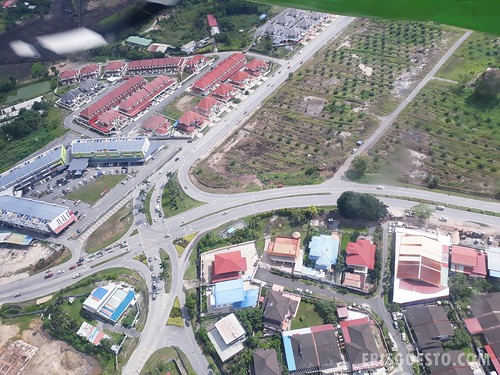







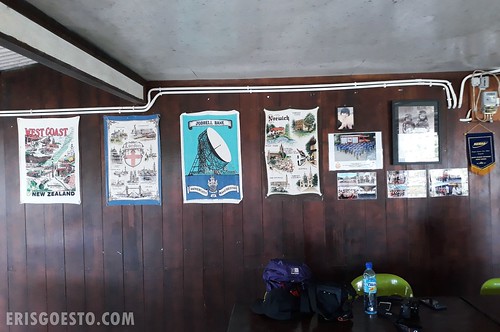

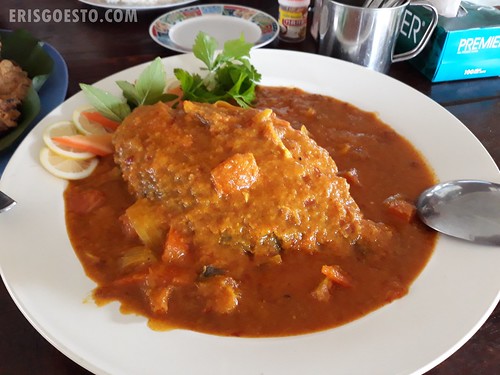







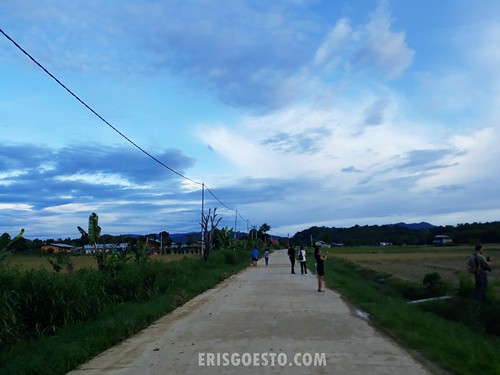
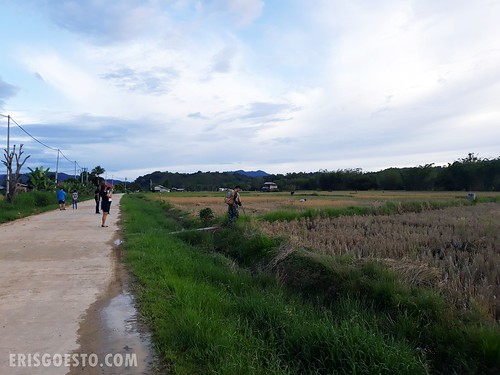
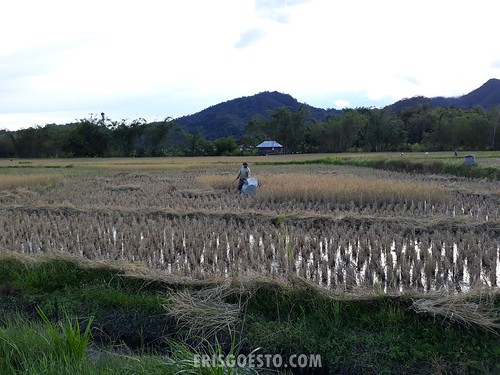
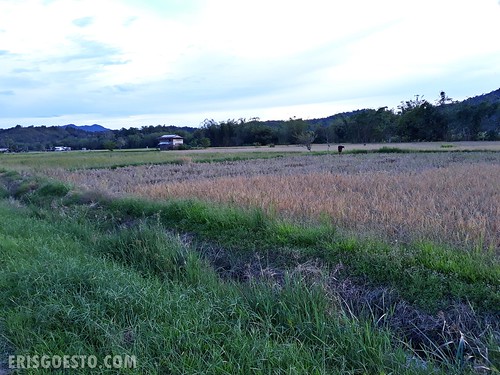


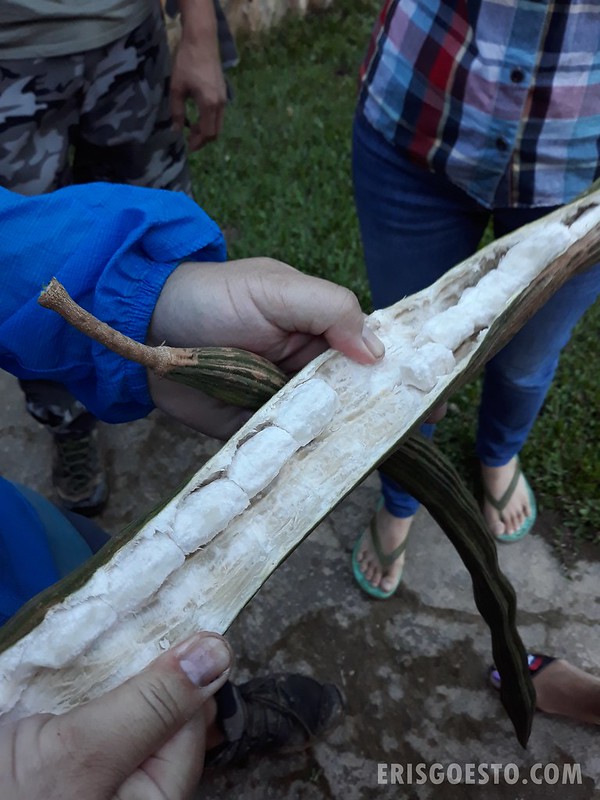


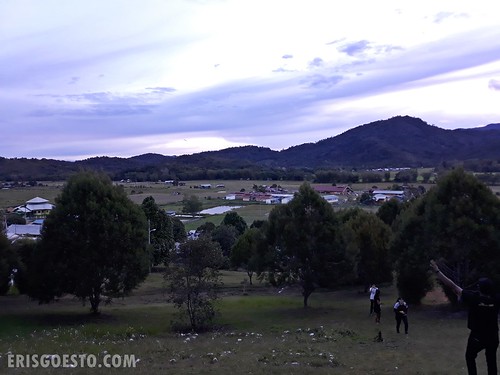

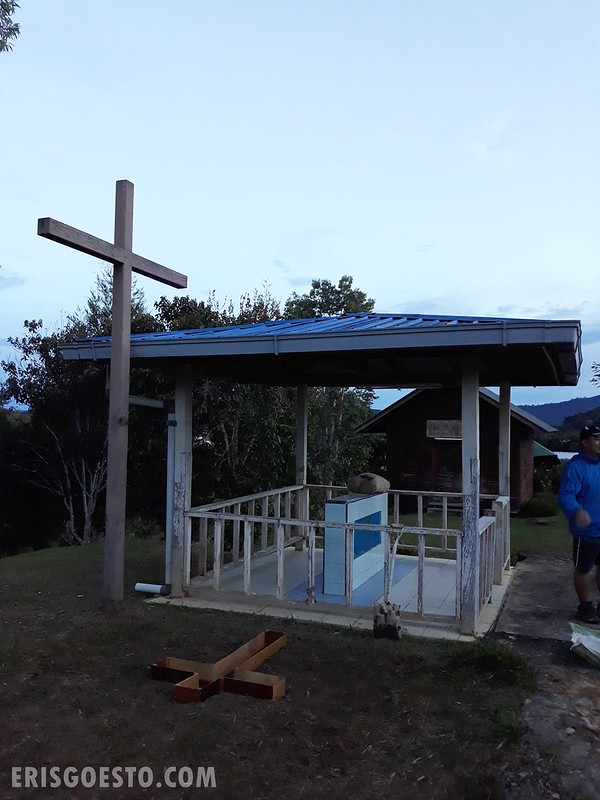

The scenery is really so nice! Im someone who fancy village’s life as compared to the city’s life. is the temperature there low? as compare to KL’s
LikeLike
Its cooler but not too cold during the day. Maybe like Cameron Highlands. At night it is cold though and can dip to 16 🙂
LikeLiked by 1 person
what about the living cost there? im planning to visit the west during this year end so trying to research bit by bit XD
LikeLike
Stuff from the shops are a bit pricey coz they have to fly stuff in from Miri. Maggi sup at the eatery will set you back about RM5. Local produce is cheaper; their famous Bario rice is about Rm13 per kilo. A night at the homestay costs RM90, and there are additional costs if you’d like a guide to bring you around. 🙂 The stay usually includes homecooked meals prepared by your host.
LikeLiked by 1 person
thanks for the useful information Eris!
LikeLiked by 1 person
No problem! Hope your trip ‘jadi’ okay. haha
LikeLiked by 1 person
Will make a post of it once im back from there! =)
LikeLike
Hi, I’m going for a Borneo trip starting from Indonesian part of Borneo (Pontianak) and I’ll fly back to Jakarta from Sabah. Right now, I’ve just finished the draft of itinerary up to Miri, and from there I’m seriously considering to make a stop by Bario before leaving the Sarawak side of Malaysia to Brunei.
However, I’m a bit hesitant as I read that there’s no network coverage in Bario. The thing is, as much as I want to go offline for a few days, I work remotely and I still gotta connect for a couple of hours everyday for work matters. And that’s the only thing that stops me from booking the flight to Bario from Miri. 😦
Checked some groups and they said there’s like a pusat internet in Bario where we can get wifi, I’m trying to get more information about this and I wonder whether you have an idea about it as I asked around but no reply yet. Is it open 24 hours? I’m thinking to stop by after I finish exploring the villages, and I wonder whether it’s possible. 🙂
If you have any recommendation about the homestay close to it, it is highly appreciated too. So glad that I’ve found your post here, thank you so much! 😀
LikeLiked by 1 person
Hi Marya, thanks for writing in! Bario is a wonderful place and I’d recommend it to any of my friends visiting Sarawak. Unfortunately it is as you say; internet is extremely limited due to the mountainous region and lack of telecommunication infrastructure. As far as I know, the Internet center only operates from 9 to 5 and might not be open on weekends, so that may be an issue if you need Internet.
I hope you still consider doing a day or two in Bario – it’s a beautiful place and the people are kind and friendly. There are homestays closer to town like the Labang Lodge and Ngimat Ayu (you can see a full list here: http://www.barioexperience.com/homestays) but I recommend staying at the Bario Asal Longhouse to get the most authentic experience.
Hope that helps!
LikeLiked by 1 person
Hi Luna, thank you so much for your information. I’ve been asking around, and one of the homestays suggested me to contact Tarawe homestay for this, I’m thinking to rent a bike while I’m there so I can stroll around the village to see around.
I understand that there are some tours with the guide available for the visitors, do you think there will be an issue if I just want to stroll around by myself relying on the map or something? 😛
i mean, i believe in myself, but if it looks too dangerous, i wouldn’t dare myself either. it’s complicated. lol
LikeLike
There shouldn’t be any problems strolling/biking around the village on your own because there are dirt roads (these can be very muddy in rainy season though!) and very littel traffic. If you want to explore other villages outside of Bario town/main village you will have to hire a guide because they are only accessible by hiking/trekking. Most visitors to Bario go for the hike/trek but you will need to hire a local guide for this. I think you will also need a guide if you intend to go to the salt factory.
Let me know if you have any other questions! 🙂
LikeLike